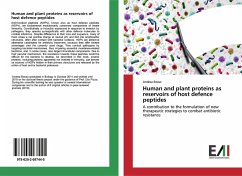Ticks belong among the most important disease vectors. Ixodes ricinus is the most significant vector of Lyme disease and Tick-borne encephalitis in Europe. In the last three decades, the research in the field of tick-host interaction accelerated rapidly and evidence has accumulated that it is the composition of the salivary content that plays a crucial role in tick feeding success and facilitates the transmission of pathogens. This book provides an overview of the work in this research field over past thirty years, with an emphasis on European tick Ixodes ricinus. The transcriptomic approach, focused on salivary glands (sialomics), gives us an insight into the content of tick saliva, and functional characterization of individual salivary proteins helps us to understand, which proteins and protein families contribute to the saliva-activated pathogen transmission and how these proteins can affect host defense mechanisms. The book is based on author's Ph.D. thesis.








